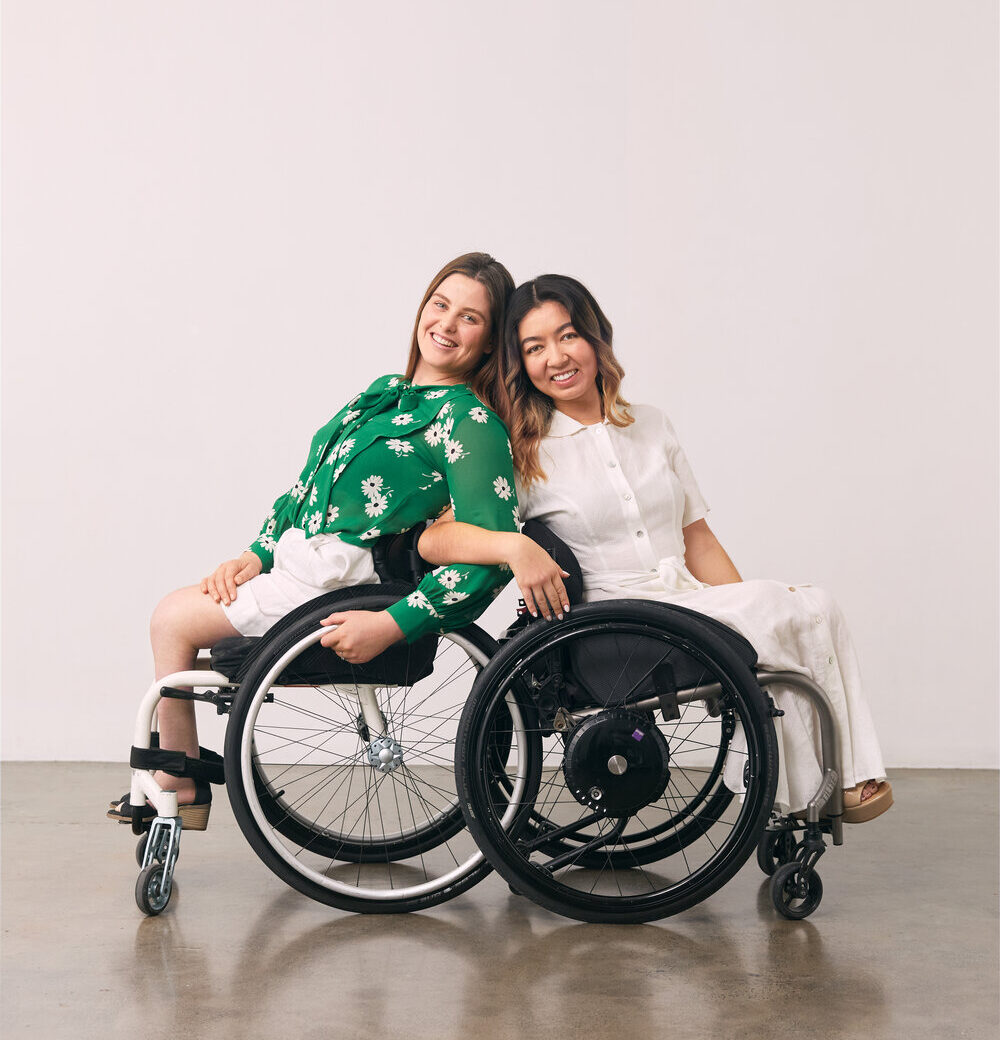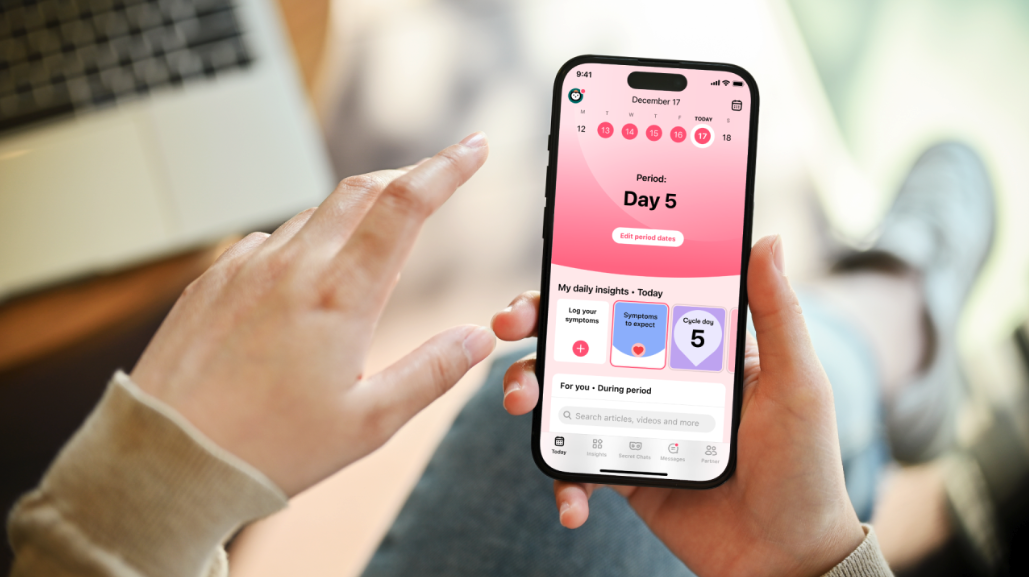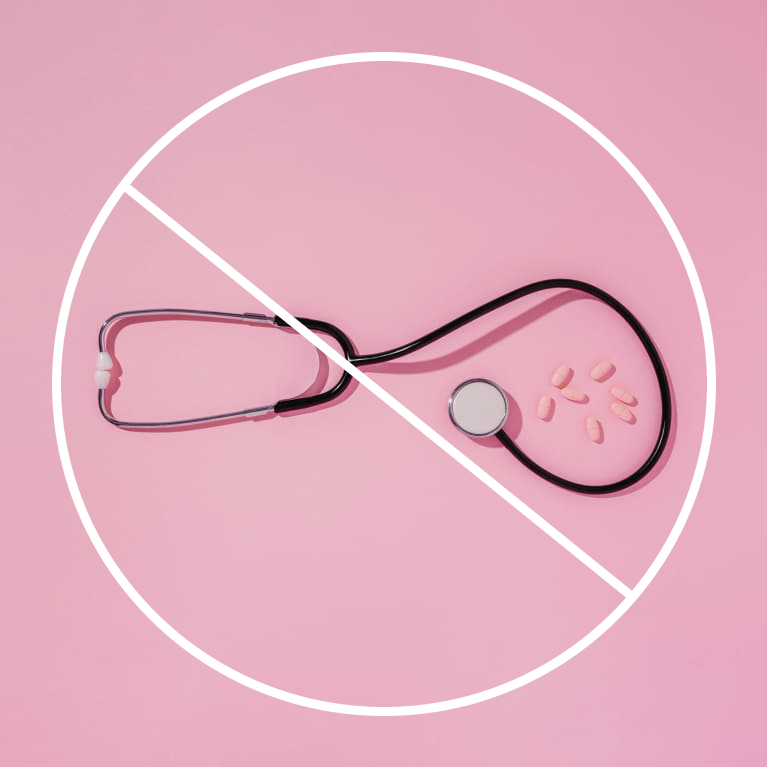
Dear Men: Here are nine ways to help overcome body dysmorphia
There are a lot of men struggling with body dysmorphia, body image struggles, and struggles connected to how they relate to food, exercise and fitness. If you’re someone that can relate, here are some tips around how you can start to look at your body in a more accepting way.
1. Acknowledge the problem.
As a guy, it can sometimes be hard to recognise when you have an unhealthy body image. This could, in part, be because the societal standards for what male bodies “should” look like can be so ingrained that it may feel normal to be upset if you don’t measure up.
There are a few ways male body image issues might manifest. For example, you might be embarrassed to take off your shirt at the pool or beach. You might spend most of your free time in the gym trying to achieve a certain look. If you find yourself constantly putting other guys down, making fun of their body type, or putting yourself down or making fun of your own body, you might be experiencing body insecurities. Recognising this is the first step toward healing.
2. Know that media and porn set unrealistic expectations.
Be it from movies, advertisements, music videos, social media, porn, or somewhere else, we are constantly being inundated with messages about what an ideal male body should look like. Research has also found that constantly seeing muscular bodies celebrated on Instagram makes men feel worse about their own bodies and feel pressured to change their bodies to conform to this ideal.
The porn we see often doesn’t help either. Exclusively seeing big dicks in porn can create the impression that they’re the only acceptable type of penis, but porn is fantasy and is not meant to represent reality.
3. Understand how structural racism can be a root cause for insecurities.
When the media shows us an ideal male body, more often than not, it is a white body. Even in 2021, movies and TV shows rarely feature men of colour as romantic leads or having sexual desirability. That lack of representation can certainly affect how men of colour see themselves.
There are a lot of unrealistic standards set out there by people in the media, and influencers, that send us all the message that men can only be truly desirable if they fit this incredibly narrow paradigm often informed by proximity to whiteness and increased muscle tonality and lower fat percentages. This leaves men of all shades and body types perpetually chasing an ideal, and sometimes resorting to incredibly unhealthy tactics to achieve social status and success.
4. Get a more realistic view of what is “normal.”
What a lot of people don’t realise is many of the images they are seeing are heavily modified with programs like Photoshop to give that individual that chiseled look. It can be incredibly eye-opening to explore some of the videos online that show the process of how those final images are created. Once a person is aware of how those images are created, it can make it a bit easier to stop comparing yourself to the body ideals that, for many of us, are not attainable.
There’s of course no such thing as “normal” — the reality is that men come in all sorts of body types, none of which are better or worse than others. Doing some research on national averages for male bodies can help you get a more realistic view of what bodies look like. For example, the average American man, ages 20 and up, is 5 feet, 9 inches tall, according to a 2018 CDC report. The average American man weighs 198 lbs and has a BMI of 29.1, according to the same CDC data. The average penis size is about 5 inches erect and 3.5 inches flaccid, according to a 2014 study.
Remember, these are averages, meaning some guys are way bigger and some guys are way smaller than the numbers listed above.
5. Pay attention to the messages you receive about your body.
A helpful exercise can be to stop and take an inventory of all of the messages you receive about male desirability. When you can recognise the way a post on social media, for example, is making you feel about your body, it starts to hold much less power over you.
Being able to identify ‘oh that’s actually diet culture’ or ‘most average people can’t maintain that lifestyle’ really helps gain perspective and interrupt problematic thought patterns. From there, you can start to explore what your own ideals and values are when it comes to your body and create a plan to lead a life that’s aligned with those personal interests.
6. Cut out the negative influences.
We often adopt the perspectives and values of the people around us — especially if we’ve experienced bullying about our body from friends or family. It can be very hard to undo such negative narratives. Consider setting boundaries with people in your life about negative body talk. It’s okay to say something like: Hey, can you not make comments about my body? I don’t appreciate the negativity.
Additionally, it can be helpful to unfollow accounts on Instagram and to spend less time around people who are constantly talking about their fitness goals. Instead, spend more time around the people who care about body positivity.
7. Don’t tie your confidence to your exercise regimen.
Masculinity can sometimes feel intrinsically tied to fitness and exercise, not as a health regimen but as a status symbol. While movement is of course very healthy, it’s important to understand your motivation for working out: Is it about your health, or is it about trying to achieve a certain look that you think will make you more desirable? It can help to tune into how your body actually feels, rather than focusing on how it looks or how you want others to perceive you.
8. Practice body neutrality.
Rather than striving for body positivity, try body neutrality. Instead of focusing on loving your body, recognise that bodies are neither good nor bad — all bodies are simply places that house our souls and allow us to move through the world.
And remember: How you look isn’t everything. In fact, it’s just one very small part of who you are. It can help to focus on the other parts of yourself that you love, such as your sense of humour, your spontaneity, your intelligence and curiosity, or the way you care for others — all of which are very attractive qualities to many people.
9. Seek professional help if needed.
Overcoming the negative messages you’ve received about male bodies from the time you were born, liberating yourself from fatphobia and racism, and learning how to love your body despite what society tells you is no easy feat. So feel free to reach out for support from a professional, such as a therapist or coach, who can help guide you on your journey and provide more concrete ways on how to reframe negative thoughts into positive ones.
Related Posts
Spread your legs to help stop the spread this Valentine’s Day
A swipe right that won't break your heart
‘What’s Wrong With You’ podcast shines a light on real and raw barriers faced by disabled community
This podcast shines a light on real and raw barriers
Flo Health Secures $200M Investment, Just the Start for Femtech Unicorns
This achievement marks Flo as the first purely digital consumer women's health app to reach this milestone.
7 Ways to Protect Your Wellbeing This Christmas
Ready why you aren't alone when it comes to Christmas stress
Why is ‘Conscientious Objection’ still a lawful reason to deny sexual health patients?
A look into the maddening trend impacting our women
The Role of Communication in Enhancing Sexual Wellness
While many factors contribute to sexual wellness, communication stands out as a key element.







